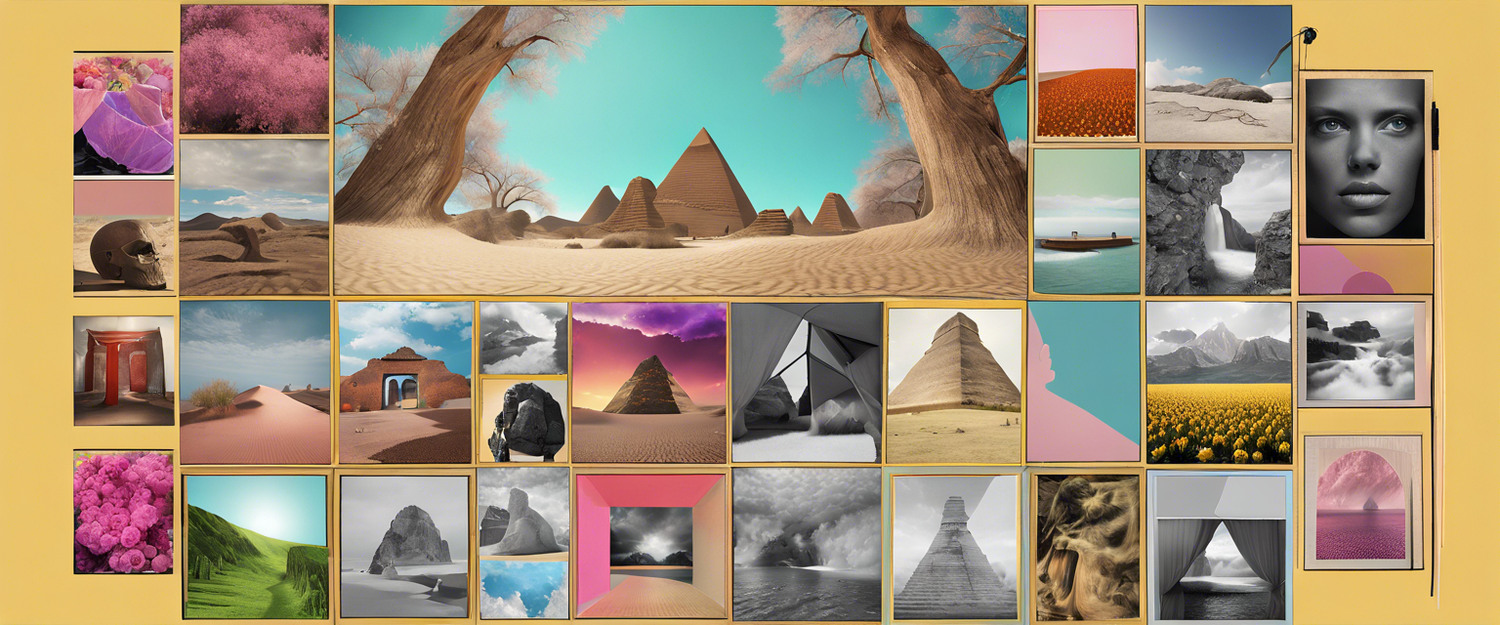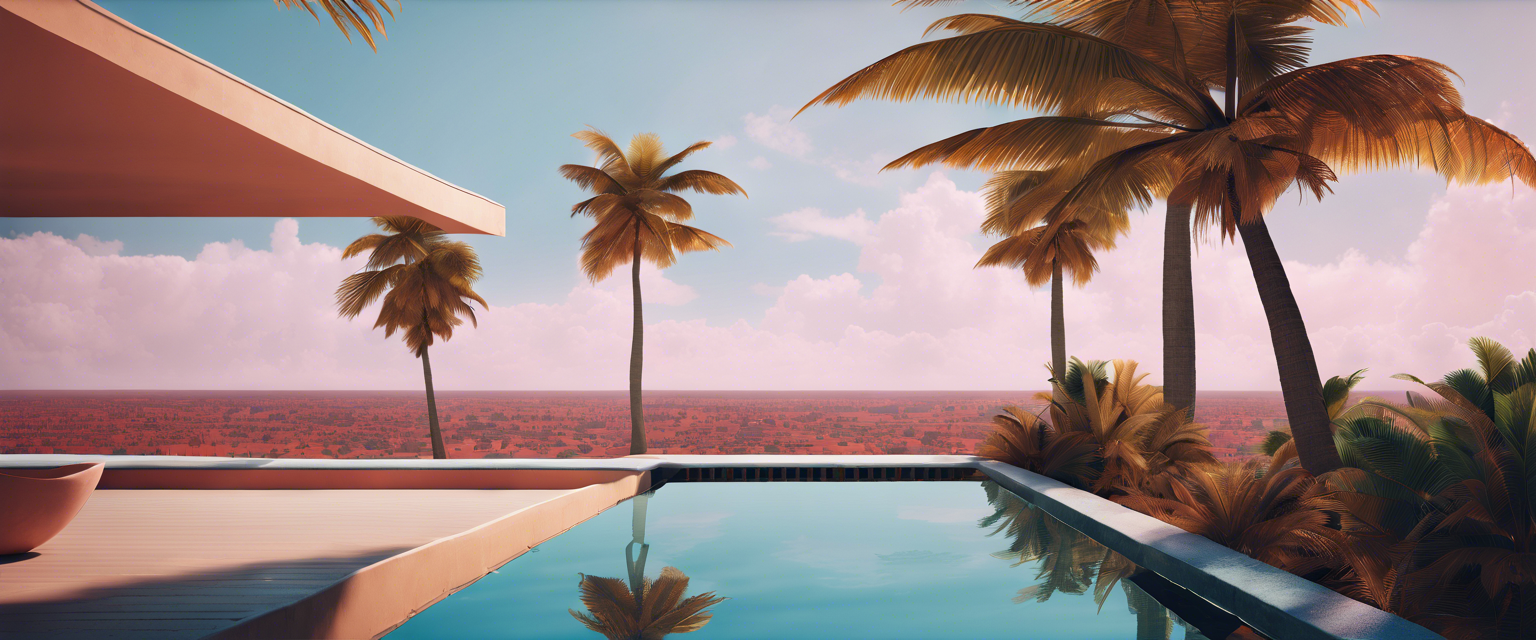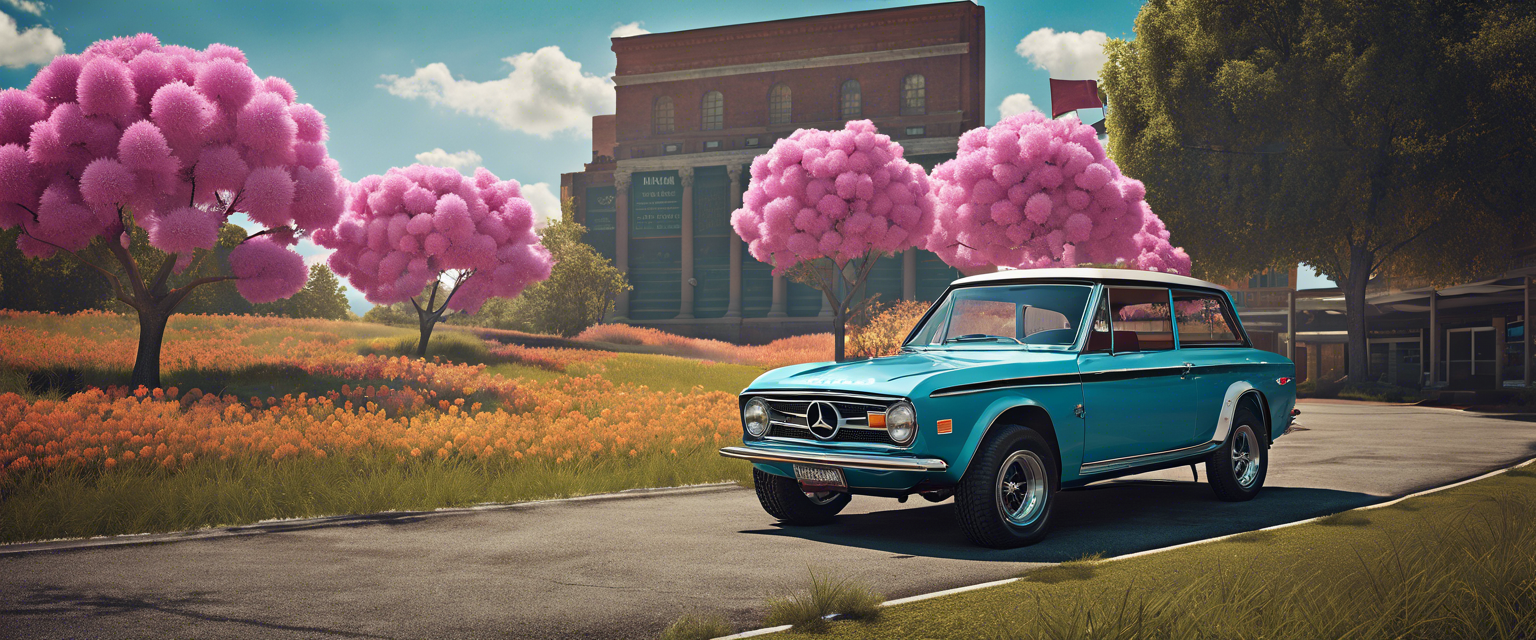Image Generators Uncovered: Crafting Visuals with AI
In the age of artificial intelligence, image generators represent a groundbreaking advancement in how we create, manipulate, and design visuals. These sophisticated algorithms are designed to produce unique images from a blank canvas, transforming the way artists, scientists, and engineers approach visual creation.
Understanding Image Generators
The most prevalent types of image generators include graphics programs capable of creating or modifying images. Beyond mere graphics, other variations, such as fractal generators and random number generators, play pivotal roles in generating complex visuals.
These tools have various applications:
- Art: Artists utilize image generators to craft digital masterpieces, encompassing both 3D models and 2D visuals.
- Science: Scientists employ these tools to simulate real-world phenomena, such as particle behavior and environmental scenarios.
- Engineering: Engineers use image generators in product design and structural planning, portraying ideas visually before realization.
Image Manipulation Capabilities
In addition to generating new images, these tools can also manipulate existing ones. For example, they can enhance monochrome pictures with colors or refine digital photos for clarity.
There are numerous image generators catering to both personal and commercial use. Some options are available for free online, while others are offered for purchase, making it accessible for users to delve into their power and versatility.
Creating Images with Diffusers
Among various image generation methods, diffusers stand out. Developed by experts like Suraj Patil, Pedro Cuenca, Nathan Lambert, and Patric von Platen, these tools have revolutionized image generation processes. You can read more about their contributions in the detailed paper available online.
Getting Started with Google Colab
In this tutorial, we’ll walk through using Google Colab, which provides high-performance GPU capabilities for generating visuals:
- Connect to Google Drive: Begin by connecting your Google Colab with your Google Drive for seamless file management.
- Install Requirements: Use pip to install all necessary packages. If you wish to see logs during this process, remember to adjust the command settings.
- Connect with Hugging Face: Create an account with Hugging Face, generate an access token, and connect Colab with this token.
- Create a New Folder: If you plan on generating multiple images, it is advisable to set up a new folder for organization.
- Create an Image: Utilize a prompt to create images, factoring in parameters such as height and width for the desired output size.
Understanding Image Generation Parameters
When generating images, several arguments come into play:
- height: Determines the height of the generated image.
- width: Determines the width of the generated image.
- num_inference_steps: Specifies the number of steps in the generation process, impacting the detail level.
For maximum effectiveness, you can generate images in larger resolutions and resize them down to your required dimensions.
Exploring AI Possibilities Further
The AI journey does not end with image generation. There are endless possibilities for building applications that incorporate image generation capabilities alongside other AI models. Imagine an app that converts audio into images or combines various visual styles.
With AI, the potential for innovation is truly limitless! Join us in exploring the vast opportunities and stay tuned for future AI tutorials!
Resources and Further Learning
For those interested in expanding their knowledge further, you can check out the curated Google Colab resources and the Hugging Face platform that facilitate powerful image generation capabilities.
Why limit your creativity? Dive into the world of AI with image generators and unlock new realms of visual expression!



댓글 남기기
모든 댓글은 게시 전 검토됩니다.
이 사이트는 hCaptcha에 의해 보호되며, hCaptcha의 개인 정보 보호 정책 과 서비스 약관 이 적용됩니다.